

Engage prospects with a scan and streamline customer engagement with FREE QR code marketing tools by Sona – no strings attached!
Create a Free QR CodeFree consultation

No commitment

Engage prospects with a scan and streamline customer engagement with FREE QR code marketing tools by Sona – no strings attached!
Create a Free QR CodeFree consultation

No commitment
In today’s digitally driven world, QR codes have evolved from a novelty to a strategic powerhouse that bridges offline engagement with online action. For low voltage contracting services, persistent challenges like missing high-value prospects, incomplete tracking of offline touchpoints, and time-consuming manual processes undermine growth. QR codes offer an effective, scalable solution to simplify access control processes, increase lead generation, and streamline device management without cumbersome setup or the risk of incomplete data entry.
As competition intensifies in commercial and residential low voltage electrical services—including security system installation, access control systems, network cabling services, and smart home automation—contractors grapple with missed opportunities when prospects interact without providing a traceable inquiry. Strategic QR code deployment transforms every physical asset or onsite sign into a trackable gateway for service portals, maintenance scheduling, or project documentation, closing the gap between in-person interactions and actionable digital engagement.
By integrating QR codes, low voltage contractors can address key pain points: capturing leads before they go anonymous, surfacing engagement signals at the moment they happen, and ensuring account-level visibility into customer interactions. This guide details actionable strategies and real-world examples to help turn physical touchpoints into data-driven digital channels, enabling greater efficiency, engagement, and real business growth even as traditional methods fall short.
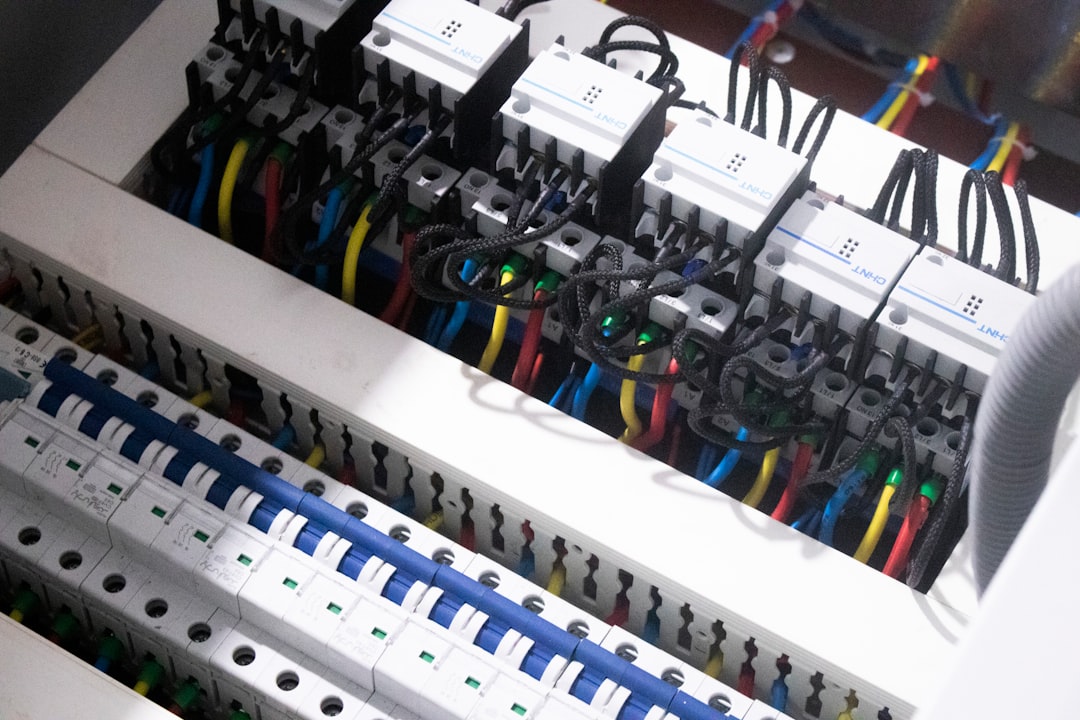
Low voltage operations depend on consistent field execution, accurate documentation, and timely communication. Common friction points like tracking anonymous site visitors or chasing down handwritten service forms slow teams and impede follow-up. Modern QR code strategies unlock seamless transitions from site signage and service documentation to digital forms, equipment manuals, and appointment schedulers, which removes bottlenecks and improves customer experience. For quick data capture, linking scans to forms is simple. See Sona QR’s guide on Google Forms QR codes.
When QR codes are embedded thoughtfully across customer touchpoints, every scan becomes a measurable action. You can replace paper-heavy processes, attribute engagement to specific assets or locations, and trigger automated workflows that keep the conversation moving. It is a straightforward way to make physical assets like security panels, cabling labels, and jobsite signs do double duty as digital entry points to your business.
Low voltage contracting is characterized by hands-on workflows and analog-to-digital disconnects. Printed scheduling forms, generic analytics, and untracked customer touchpoints mean leads often go unidentified while prospects slip through the cracks as competitors move faster. QR codes enable instant, app-less engagement at the point of need, closing visibility gaps, as outlined in this construction QR benefits overview. For example, a QR code on access control panels empowers clients to request maintenance instantly, which surfaces engagement data that might otherwise stay hidden.
Business cards, proposals, and invoices with scannable codes allow contractors to identify, segment, and follow up with high-intent leads, addressing the longstanding challenge of incomplete or outdated CRM records. Dynamic codes let you update links or compliance information without reprinting materials, and scan analytics provide the data needed for confident marketing spend decisions. By making every touchpoint measurable and actionable, contractors can mitigate missed or anonymous leads and prioritize their outreach with data.
QR codes also address real constraints in field environments. They compress the time it takes to move from information to action by allowing a property manager to scan a sticker on a server rack to file a ticket or a homeowner to scan a handover guide to book a tune-up. The interaction is effortless, the data flows to your systems, and you can build workflows around real behavior rather than assumptions.
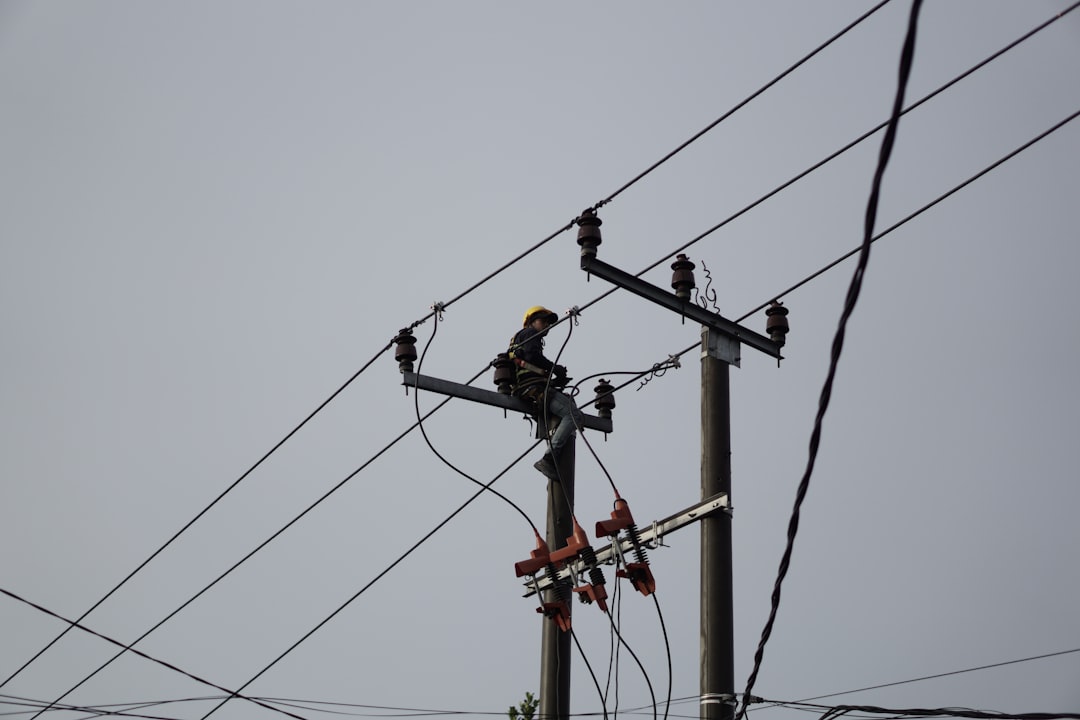
Low voltage workflows span pre-sale, install, and maintenance phases, each with distinct needs. QR codes can flex to match each step. Choosing the right format and destination determines how quickly a scan turns into value, whether that is a booked appointment, a signed compliance form, or a review. For additional strategy inspiration, explore these QR marketing tips.
Dynamic QR codes are especially useful in this vertical because content often changes after printing. You might update an installation video, swap a landing page, or rotate seasonal offers. Dynamic codes preserve your investment in physical assets while maintaining digital agility. Static codes still work for fixed destinations like a PDF manual that will not change.
With Sona QR, you can generate all of these formats and manage them in one place, using dynamic links, UTM parameters, and campaign tags to keep every scan tied to a measurable outcome.
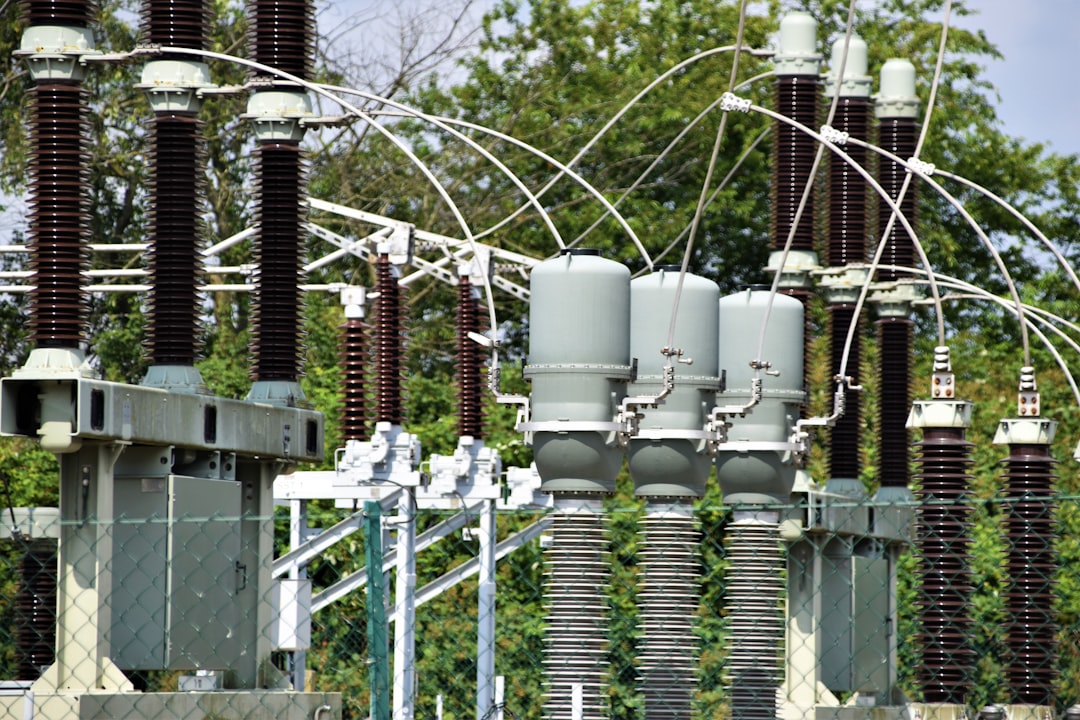
Contractors frequently struggle to connect offline engagement with online measurement, which leads to untapped business. Prospects see your trucks, read your yard signs, and skim your proposals, but there is no structured way to act in the moment. By placing QR codes on commonly used assets and materials, every interaction becomes an entry point to the right digital action.
The key is to deploy codes where intent is highest. In low voltage contracting, that often means during site walks, at the equipment that needs servicing, and in documents that trigger purchasing decisions. When you give people a low-friction path to act, scans turn into booked meetings, logged tickets, and new opportunities.
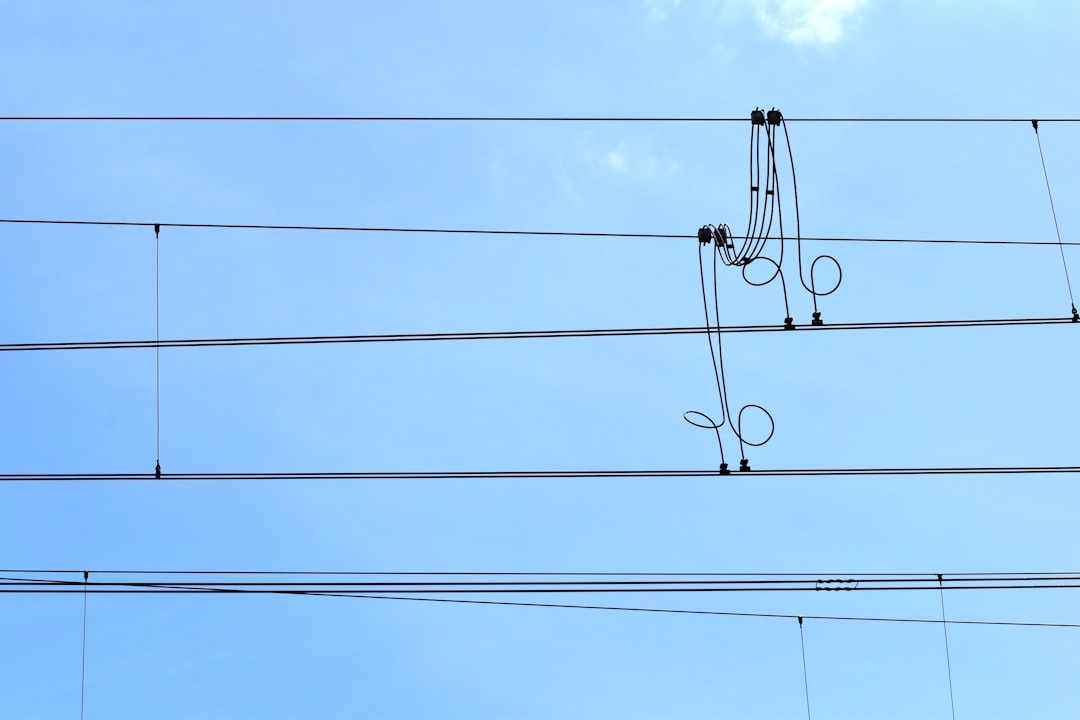
The most effective QR code campaigns are built around real-world frustrations like lost paperwork, slow callbacks, and incomplete lead capture. When you align each code with a high-value action, results compound across sales, operations, and customer experience. For more inspiration, browse these contractor QR ideas.
Embedding QR codes into the hardware and documents your customers touch makes it easier for them to self-serve while giving your team better data. Below are three proven use cases that map cleanly to common low voltage interactions.
You can extend these patterns to other scenarios. For example, label each network rack with a QR that opens a rack-specific maintenance checklist and service history. Or add a QR to smart home handover guides that launches a tutorial video series and enrolls the homeowner in a maintenance plan.
Each QR code scan is a signal that captures intent, context, and behavior. By deploying multiple QR codes across touchpoints, you can segment your audience automatically and use that data to power precise retargeting and follow-up campaigns. For deeper tactics, see Sona’s Playbook titled Intent-Driven Retargeting: Driving High-Impact Campaigns with First-Party Intent Signals. The CRM record becomes richer with each interaction, which helps sales and service teams respond with relevance.
In low voltage contracting, distinctions like homeowner versus property manager, GC partner versus end client, and retrofit versus new construction matter. Tag each scan with the use case, location, and journey stage so you can tailor your messaging. For example, a scan from a building lobby panel might signal a facilities team member who needs maintenance, while a scan from a direct mailer near a new development might signal a homeowner evaluating installation. To understand how to use behavioral signals broadly, read Sona’s blog post titled The Essential Guide to Intent Data: Leveraging Signals to Increase Revenue.
Practical segmentation examples for this field include distinguishing between property managers scanning panel stickers, homeowners scanning handover guides, GCs scanning bid boards, and facility engineers scanning rack labels. Each group has distinct needs and timelines, and QR data helps you prioritize outreach accordingly.
Low voltage contractors often face disconnected marketing efforts where print materials, digital ads, and in-person touchpoints operate in silos. This creates missed or duplicated outreach and makes it hard to attribute results. QR codes function as the connective tissue that links every channel to a clear digital action and a common data model.
When every physical asset funnels to measured destinations, you gain an always-on view of what works. Scans can trigger automated sequences, populate opportunity pipelines, and prompt timely sales tasks. Over time, your offline-to-online funnel becomes a consistent growth engine.
QR codes serve as the offline onramp to your digital marketing engine and unlock a new layer of data collection across channels that were once difficult to measure. With a centralized platform like Sona QR, you can manage all your codes, monitor performance, and sync scan data with your CRM and ad platforms to keep campaigns coordinated.
Start with a pain point that, if solved, would unlock measurable value. Examples include missed maintenance requests from on-site equipment, untracked compliance signatures at handover, or lost leads from jobsite visits. Define a specific business outcome such as reducing time-to-dispatch, increasing quote requests in target ZIP codes, or improving consented data capture for remarketing.
Clarify what success looks like and how you will measure it. For instance, aim for a 30 percent increase in service requests submitted via QR within 60 days, or a 20 percent lift in proposal approvals initiated from QR-linked invoices. Document the baseline metrics so improvements are clear.
Choose dynamic QR codes when you need tracking, retargeting, or future flexibility. This lets you update destinations without reprinting and append UTM parameters for attribution. Use static codes for fixed assets like a permanent PDF or a stable support page.
Select the destination that best matches the action you want. For quick service requests, use an SMS or form prefilled with location and device fields. For device onboarding, direct to a short video series or app download smart link. For lead gen at scale, route scans to a landing page with a concise, mobile-friendly form. Start creating QR codes for free.
Brand every QR with an actionable, benefit-focused call to action that sets expectations. Examples include Scan to schedule service, Scan for wiring diagram, or Scan to get a quote in minutes. Use a clear visual frame around the code and maintain adequate contrast and quiet zone for reliable scanning.
Test across the environments and devices your customers or techs use. Validate scannability from different angles, distances, and lighting conditions. Print at appropriate sizes for the viewing distance, and verify performance on iOS and Android devices with multiple camera apps. If codes will be outdoors, use UV-resistant labels and durable substrates. For a quick walkthrough, watch this video tutorial.
Focus first on placements where engagement is frequent and often missed. Common high-impact surfaces include jobsite documentation boards, invoices and proposals, fleet graphics, panel stickers, and event signage. Map QR placement to likely intent so users always land on the exact next step they need.
Stage your rollout to learn quickly. Pilot in a handful of sites or vehicles, analyze scan behavior and conversion, then expand across your book of business. Use Sona QR to organize codes by location, client, and asset category so your team can manage at scale without losing context.
Use analytics-enabled platforms to monitor scan volume, conversion events, and drop-off points. Tag each code with campaign, location, and audience attributes so performance comparisons are meaningful. As patterns emerge, A/B test landing page copy, incentive offers, and CTA language near the code.
Integrate with your CRM to attribute scans to contacts and opportunities. With Sona QR and Sona.com, you can enrich leads with scan history, trigger alerts for high-intent behaviors, and use identity resolution to connect anonymous scans to known buyers later in the journey. For attribution approaches, review Sona’s blog post titled Single vs. Multi-touch Attribution Models. Iterate continuously so every touchpoint becomes a reliable source of marketing intelligence.
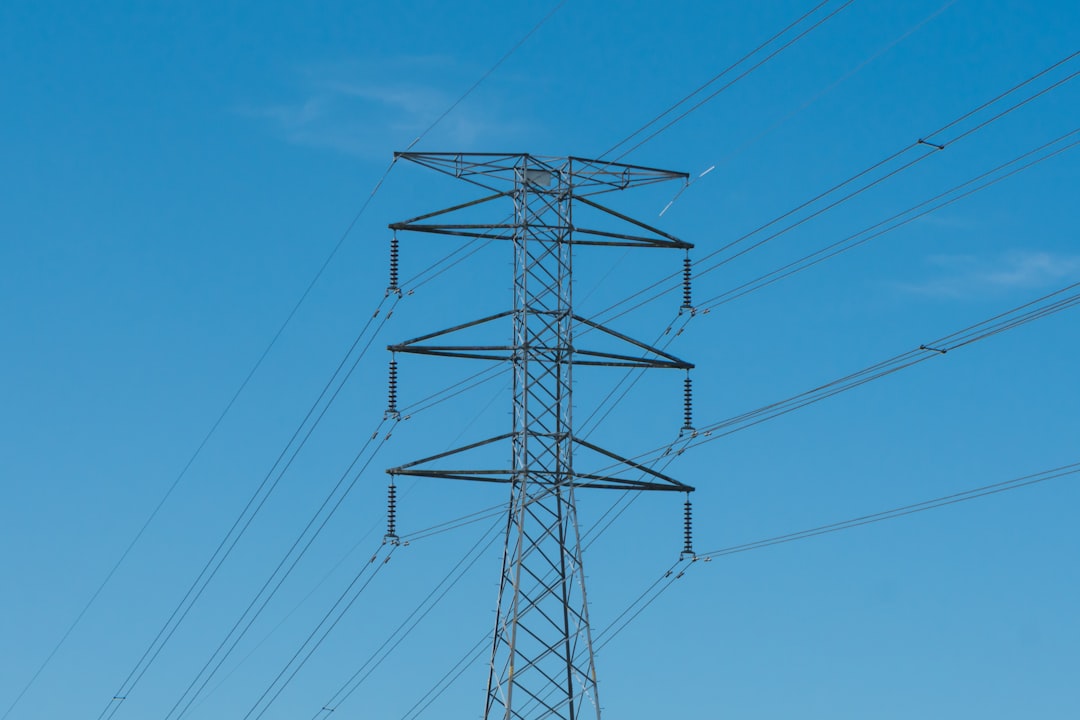
Too often, contractors lack end-to-end visibility into which interactions drive results. A QR code scan marks the start of a measurable journey. It captures data points like date, time, device, channel, and location, then links previously anonymous interest to sales or service outcomes. With integrated analytics and CRM systems, your team can resolve the pain of missed attributions, enrich each account profile, and trace every scan’s contribution to pipeline and revenue.
The goal is not just to count scans. It is to understand how engagement influences the buyer journey. Did a scan from a fleet wrap lead to a quote request within 48 hours? Do panel sticker scans correlate with higher service plan renewals? Which placements produce the most completed forms rather than abandoned sessions? When you connect the dots, you can invest with confidence. For frameworks and benchmarks, read Sona’s blog post titled The Importance of Accurate Revenue Attribution.
Benchmarks to watch for low voltage QR campaigns include a 3 to 10 percent scan rate on well-placed materials, a 20 to 40 percent conversion rate from scan to form start on mobile-optimized pages, and a 5 to 20 percent lift in quote requests after deploying QR on high-traffic assets. Your actual results will vary by placement quality, CTA clarity, and the strength of your offer, so test and tune over time.
Scaling QR success requires consistency, training, and automation. As your portfolio of codes grows, standardize how you design, deploy, and measure them so insights flow naturally into process improvements. Equip field teams to promote scanning and answer quick questions from customers, which reduces anxiety and raises usage.
Think holistically about the customer journey. The most effective QR programs move beyond single use cases to a network of coordinated interactions across marketing, sales, install, and service. Use automation to make each scan instantly actionable so your team stays focused on high-value work.
By leveraging platform-based solutions like Sona QR to manage, review, and iterate these campaigns, contractors free themselves from manual tracking and ensure scale without sacrificing personalization or measurement. Over time, the data you collect becomes a competitive moat that supports smarter bids, better service, and faster growth.
For low voltage contracting services, QR codes are not just another marketing tool. They are a practical answer to challenges like anonymous site visitors, fragmented data capture, and slow response times. By transforming every scan into a frictionless entry point for leads, compliance tracking, support requests, and ongoing engagement, contractors can consolidate metrics, accelerate pipeline, and compete more effectively in a market that rewards speed and clarity.
QR codes unlock new possibilities for low voltage teams by turning every analog asset into a measurable digital channel. When you unite physical installations and client touchpoints with online engagement, you overcome missed leads, disconnected data, and delayed responses. Platforms like Sona QR give you the infrastructure to generate, track, and optimize codes at scale, while Sona.com connects scans to revenue so you can invest in what works. To move from strategy to action, Start creating QR codes for free.
If you are getting started, pick one high-value use case and deploy it with dynamic codes, a strong CTA, and clean analytics. As results come in, expand to proposals, fleet wraps, and equipment labels. The data-informed approach enables you to capture more high-intent contacts, deliver timely service, and build a durable advantage in a competitive field. Enabling QR-powered access and analytics across your business is essential if you want to measure, learn, and grow your low voltage contracting operation from day one.
QR codes have revolutionized low voltage contracting services by transforming traditional access management into seamless, trackable, and efficient workflows. Whether it’s enhancing site access control, streamlining equipment maintenance, or enabling instant information sharing, QR codes replace cumbersome manual processes with instant mobile interactions and provide real-time data that drives operational excellence and security.
Imagine effortlessly granting authorized personnel access to sensitive areas while monitoring every entry in real time—eliminating guesswork and boosting accountability. With Sona QR, you can create dynamic, trackable QR codes in seconds, update access permissions instantly without reprinting, and connect every scan to actionable insights that improve project management and customer satisfaction. Start for free with Sona QR today and turn every scan into a secure, measurable, and valuable access point.
Best practices include deploying QR codes strategically across customer touchpoints, using dynamic codes for flexibility, designing clear calls to action, testing codes in real-world environments, and integrating scan data with CRM systems for targeted follow-up and measurement.
QR codes improve engagement by turning physical assets and signage into trackable gateways for service requests, maintenance scheduling, support, and lead capture, enabling seamless offline-to-online interaction and real-time data collection.
The latest technologies include dynamic QR codes integrated with unified platforms like Sona QR that allow tracking, CRM integration, automated workflows, and multi-channel marketing coordination to enhance sales, operations, and customer experience.
Contractors can differentiate by leveraging QR codes to close offline-to-online gaps, automate post-install follow-ups, provide instant support via QR-enabled guides, and use data-driven insights to tailor marketing and service outreach effectively.
Effective sales strategies include capturing leads via QR codes on fleet vehicles and jobsite signage, segmenting audiences using scan data for intent-driven retargeting, integrating QR scan activity with CRM for timely follow-up, and using dynamic content to keep offers relevant.
Use Sona QR's trackable codes to improve customer acquisition and engagement today.
Create Your FREE Trackable QR Code in SecondsJoin results-focused teams combining Sona Platform automation with advanced Google Ads strategies to scale lead generation

Connect your existing CRM

Free Account Enrichment

No setup fees
No commitment required

Free consultation

Get a custom Google Ads roadmap for your business






Launch campaigns that generate qualified leads in 30 days or less.
